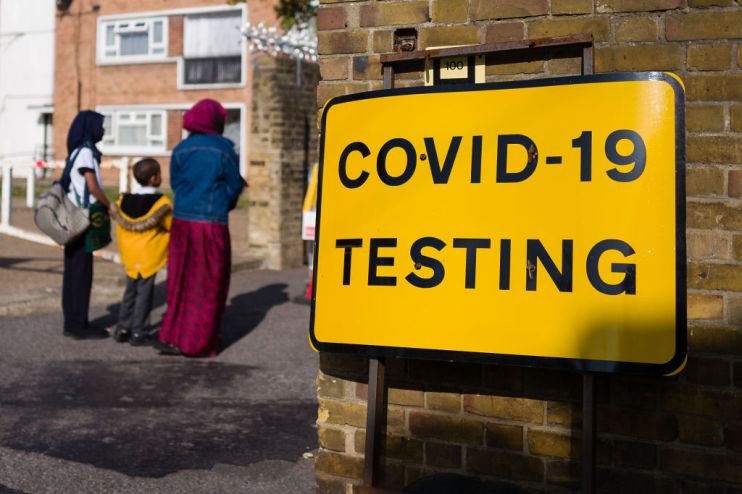UK coronavirus ‘R’ rate rises to between 1.1 and 1.4

The UK’s Covid reproduction or “R” rate has risen to between 1.1 and 1.4, the government has said, in the latest evidence that coronavirus is spreading quickly again through the country.
It was up from last week’s figures of between one and 1.2. The government said that the new R rate means “that on average every 10 people infected will infect between 11 and 14 other people”.
The Government Office for Science (GOS) also said that coronavirus infections were growing by between two and seven per cent every day.
It cautioned the figures should be seen only as “a guide to the general trend”. But the GOS and Scientific Advisory Group for Emergencies said: “There is widespread growth of the epidemic across the country.”
The increase in the all-important reproduction rate is in line with the recent increase in cases in the UK. Daily cases have averaged over 3,000 over the last week, whereas they had dropped to below 1,000 in most of June and July.
Yesterday, the UK reported 3,395 new cases, up from 1,735 two weeks earlier.
In response to rising cases, the government has imposed new restrictions in parts of the north east, the north west and the midlands.
Health secretary Matt Hancock said today that he could not rule out another nationwide lockdown. He said it was not currently being planned, however.
The reproduction rate is the average number of infections produced by an infected person. For example, if R is two, then each infected person infects two more people. Keeping the R rate below one is crucial to controlling the pandemic.
In England, the R rate was between 1.2 and 1.4, the government said. It was highest in the north west and the midlands, at between 1.2 and 1.5.
The east of England had the lowest reproduction rate, at one to 1.3. London’s stood at 1.1 to 1.4.